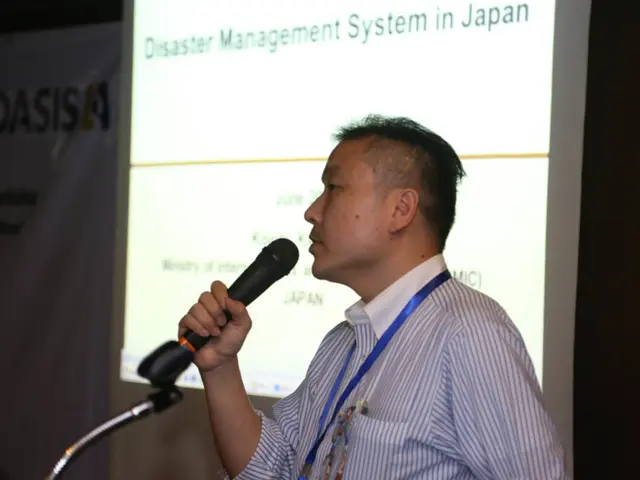Industrial dominance is imminent for Vietnam
In a strategic move to bolster its financial sector, Vietnam is set to establish two international financial centres in Ho Chi Minh City and Danang, starting from September. This expansion is part of the government's efforts to attract global financial institutions, deepen capital markets, and enhance Vietnam's integration with international investment flows.
The Vietnamese government offers tax incentives and streamlined regulatory processes to attract foreign investment, making it an appealing destination for multinational firms. The country's manufacturing ecosystem has matured significantly since 2018, with a deepening base in electronics, textiles, furniture, semiconductors, and electronic vehicle components.
Supply chain consultants report a surge in inquiries from US and European buyers seeking to hedge against tariff volatility. The key factors driving global manufacturers to relocate to Vietnam, despite new tariffs, include its strategic geographic location near China, a large and relatively low-cost skilled labor force, and an extensive network of 17+ free trade agreements (FTAs) such as CPTPP, EVFTA, and RCEP that open access to global markets.
Electronics giants and apparel and furniture manufacturers are among the companies responding to Vietnam's appeal. Multinational firms are expanding in Bac Ninh province and Haiphong city in the north, and scouting new sites in central and southern Vietnam, redesigning their supply chain strategies around Vietnam's strengths.
Vietnam's resilience and adaptability continue to shine, even in the face of hurdles like labour shortages, energy constraints, and regulatory bottlenecks. Infrastructure investments in ports, highways, and industrial parks in Vietnam continue to improve, further enhancing the country's appeal as a manufacturing hub.
The government's proactive approach is evident in its efforts to position Vietnam as a regional financial gateway. Political stability and a pro-business regulatory environment, development of industrial and export infrastructure, active pursuit of trade negotiations, expansion of vocational training, and leveraging Vietnam's geographical and economic integration within ASEAN are all part of this strategy.
Despite being affected by the new tariffs, Vietnam remains a compelling destination for companies seeking to diversify their supply chains. The country's growing GDP and rapidly expanding stock market lay the groundwork for it to become not just a manufacturing powerhouse, but a regional financial gateway.
However, Vietnam is not alone in its efforts to capitalise on global trade disruptions. Indonesia is investing in critical minerals and small- and medium-sized enterprise resilience, but its manufacturing growth has slowed and infrastructure gaps persist. Malaysia's manufacturing Purchasing Manager Index dipped below 50 in early 2025, signalling contraction.
In conclusion, Vietnam's strategic location, open trade policies, competitive labor costs, and proactive government support make it a cost-effective alternative for companies facing tariffs on China and other countries. As it continues to invest in its infrastructure and workforce, Vietnam is poised to become a dynamic force in the global economy, with a bold vision for the future.
[1] Trade and Investment Report: Vietnam
[2] Vietnam's Financial Sector Development Strategy to 2025
[3] Vietnam's Labor Market: Challenges and Opportunities
[4] Vietnam's New Wave of Manufacturing
[5] Vietnam's Trade Agreements
- Despite Vietnam's focus on developing international financial centers in Ho Chi Minh City and Danang, some multinational firms might consider the potential impact of weather conditions on their operations, given Vietnam's tropical monsoon climate.
- After finding success in the manufacturing sector, some companies may choose to diversify their investments in Vietnam, exploring opportunities in sports, given the country's growing interest in this sector, as demonstrated by the increasing number of professional sports teams and facilities.








